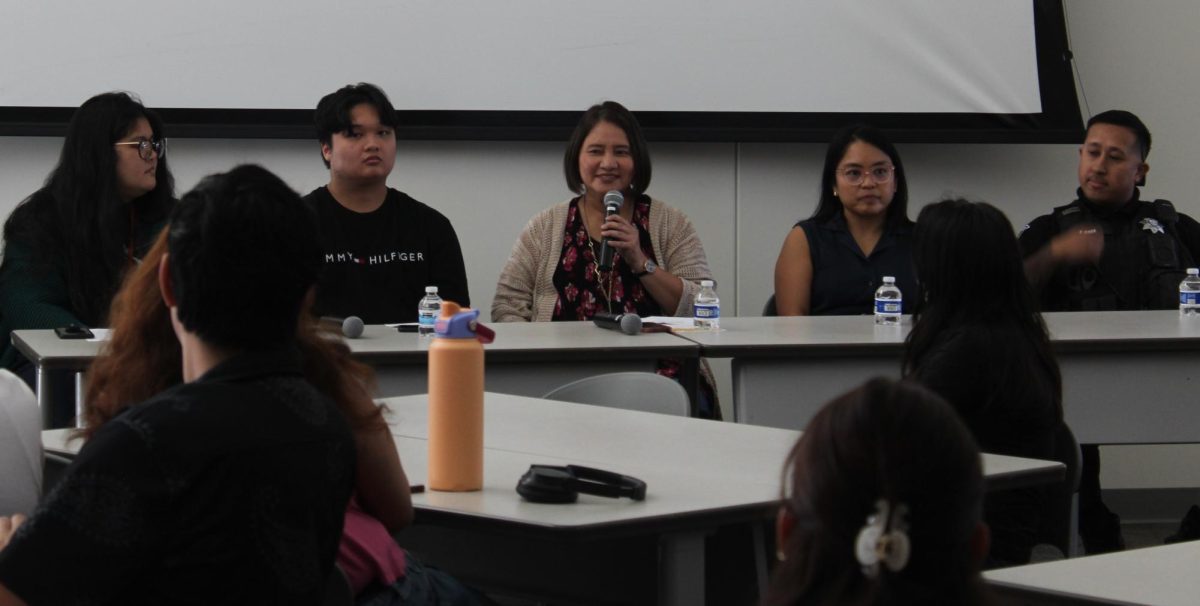Student fees do not necessarily impact the campus
November 4, 2014
Originally, education at community colleges in California was free, students only paid fees for parking and other amenities based upon the tuition-free goals of the California Master Plan for Higher Education, but over the years tuition has increased.
From 1984 to 1998 the tuition rose from $5 a unit to $13 a unit before dropping to $12 a unit in 1999 and $11 a unit in 2000 to 2003, according to the Community College League of California. Between 2003 and the present fees rose many times, from $13, to $18, $20, $26, $36 and finally to the current $46 a unit.
The latest increases that came in 2011, the rise from $36 to $46, were instituted by the governor in the belief that it would leverage more federal funds for community college amidst the economic issues of the time, according to the California Legislative Analyst’s Office.
Cosumnes River College’s Public Information Officer Kristie West said that the amount of money being charged to students is not determined by CRC, but the state legislature. She said that she has not heard of any increases or decreases in the future.
“When the fees increased to where they are now, it hit many students hard, but financial aid was increased and when compared to the cost of other colleges and universities, especially when compared to those outside of California, it is still very cost effective,” West said.
Alongside deciding tuition fees, the state legislature also determines the amount of funding awarded to California community colleges in any given year. West said that while it may appear that when fees go up that college resources go up as well, that isn’t the case as the sources of funding are different.
Vanessa Hader, a 23-year-old nursing major, said that she thinks that for most students in these tough economic times, it would be good to decrease fees.
“Fortunately for me, I had my classes paid for,” Hader said. “Sixteen units, so that was great because I obviously could not pay for all those units with a part-time job, plus the books.”
Hader said that if the fees decrease, it would be great for a lot of students as it would be easier to afford the fees for tuition and books. She said that if they do decrease, a lot more students would be going to school, possibly even full time.
Natalie Caldwell, a 28-year-old photography major, said she believes that tuition fees are very expensive. She said that she thinks the amounts should decrease and college would be more affordable if the fees went down.
“As it is, I have my parents help me pay for school,” Caldwell said. “As far as textbooks go, it was a big factor, as far as pricing went. I rent my books now so that makes it more affordable for me. I rent them through Amazon.”
Caldwell said that whether fees increase or decrease, it would have to depend on everybody’s situation and what they could afford.
West said that when fees go down, it affects students the most because more students are then able to attend college classes, which is a good thing for the community.
“Student fees don’t directly impact the financial stability of the college,” West said.





